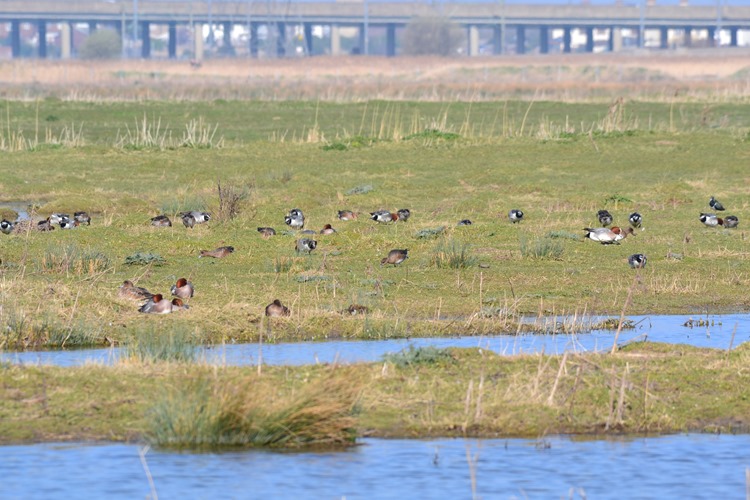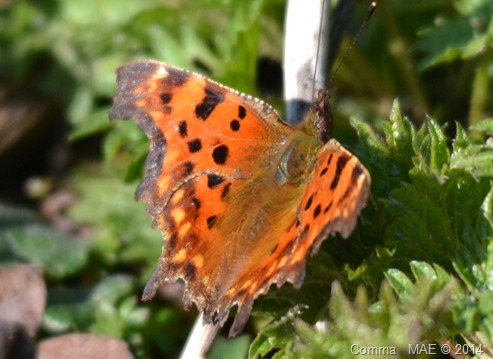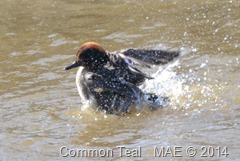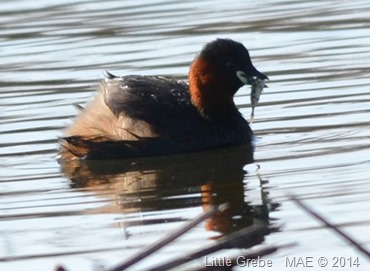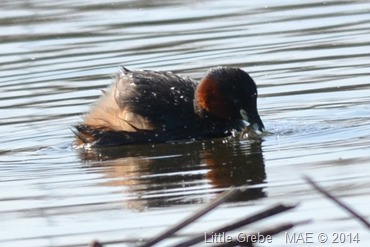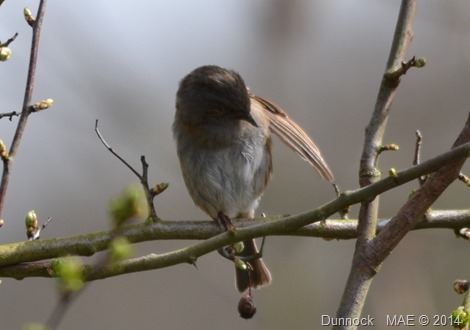 They say that Spring has truly sprung when you see the Brimstone (Gonepteryx Rhamni) fly in the woods. So Sunday two weeks ago and Yesterday I went out on a mission to take a picture of this yellow butterfly. Unfortunately they always fly about 800 yards in front of you and will never stay long to pose for the camera. Therefore I have to show you what else I saw over the last fortnight.
They say that Spring has truly sprung when you see the Brimstone (Gonepteryx Rhamni) fly in the woods. So Sunday two weeks ago and Yesterday I went out on a mission to take a picture of this yellow butterfly. Unfortunately they always fly about 800 yards in front of you and will never stay long to pose for the camera. Therefore I have to show you what else I saw over the last fortnight.
With the help of Marianne, a nature friend, I was able to determine that this is a Dunnock (Prunella Modularis). I should try to learn to recognize the different songs of birds, because this one was singing beautiful between the ablution activities.
By the way, I had already seen one in our garden, which I mistakenly took for a House Sparrow until I looked closer at the picture.
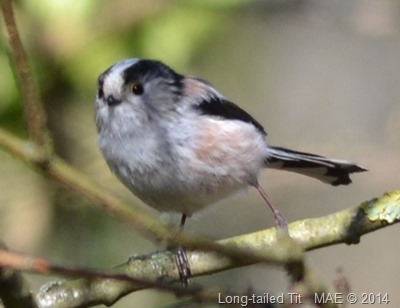 It is always a pleasure to see a Long-tailed Tit (Aegithalos Caudatus). There beautiful yellow circles around the eyes and their long tail are just great to see. Fortunately they stay quite calm when you try to take a picture.
It is always a pleasure to see a Long-tailed Tit (Aegithalos Caudatus). There beautiful yellow circles around the eyes and their long tail are just great to see. Fortunately they stay quite calm when you try to take a picture.
But still the true “Spring Experience” starts when you see butterflies. Normally you will first see the “Big Three” of the Nymphalidae (Comma, Peacock or Small Tortoiseshell) who stay in shelters during the winter. It is therefore quite exciting when you see a butterfly that shouldn’t be there, like this Red Underwing (Catocala Nupta). It is particularly strange to see one during the day and in March. But there you have it. I did see one…and this is the result.
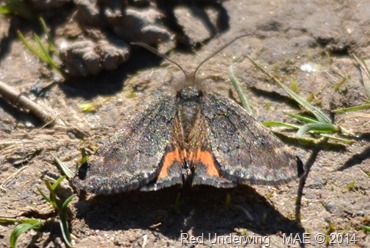 | 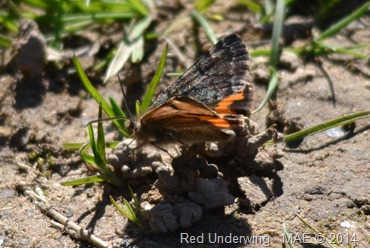 |
To finish this blog, I will share a picture of a Blue Tit (Cyanistes Caeruleus) that I took yesterday. It is trying to break the record for hanging upside down.
Spring is in the air and it promises to be a wonderful period!

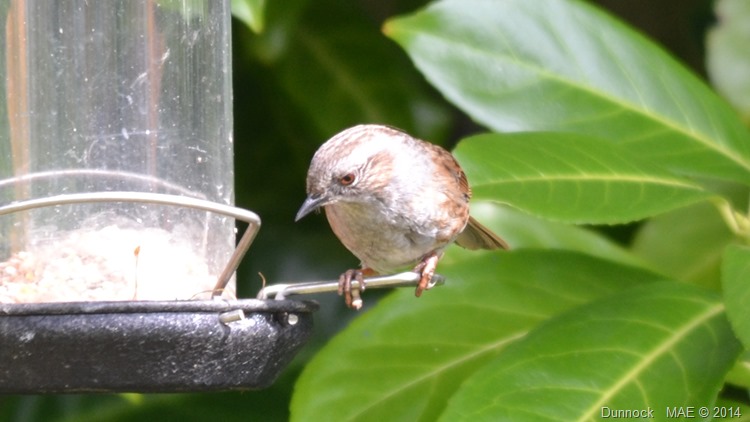
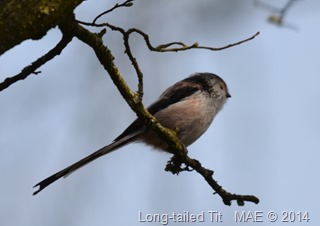
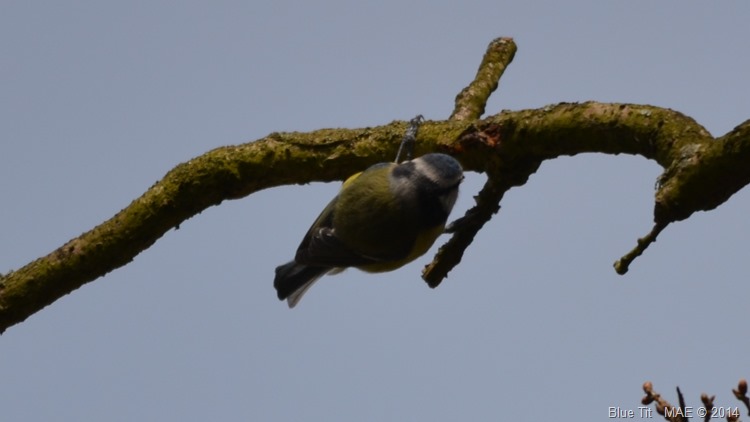
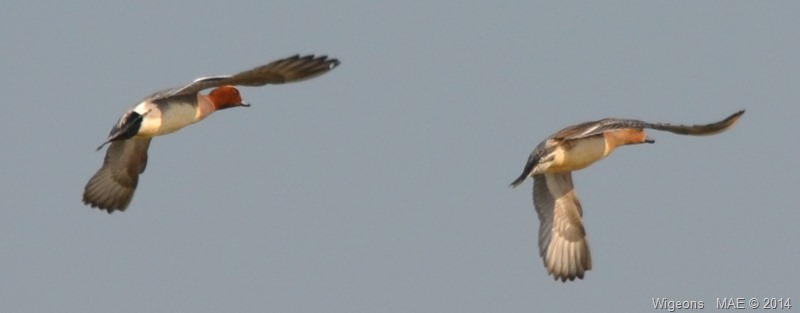
) It is always exciting to visit a new sight for nature watching. Today I visited
It is always exciting to visit a new sight for nature watching. Today I visited 